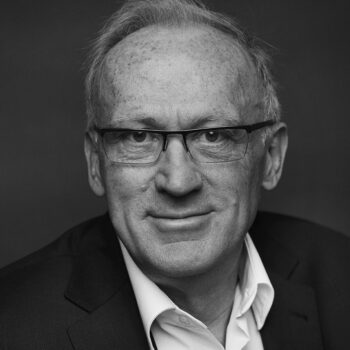
David entered the patent profession in 1999, after more than a decade conducting scientific research in electron microscopy and semiconductor processing at industrial, government and university laboratories, principally in the U.S.
After graduating from law school in New York, David studied Spanish in Mexico and clerked for Judge (now Associate Justice) Samuel A. Alito, Jr. at the U.S. Court of Appeals for the Third Circuit in Newark, New Jersey.
David has extensive experience, obtained at major U.S. and European firms, with patent drafting, U.S. and international patent prosecution, U.S. patent litigation, drafting U.S. non-infringement opinions and advising on licensing and other patent-related agreements.
David has worked with startups and multinational clients, in sectors ranging from advanced laboratory instruments to semiconductor manufacturing to construction materials.
David’s clients appreciate his understanding of the many challenges facing businesses, and his attention to detail combined with an ability to convey complex technical and legal issues clearly and, above all, concisely.
